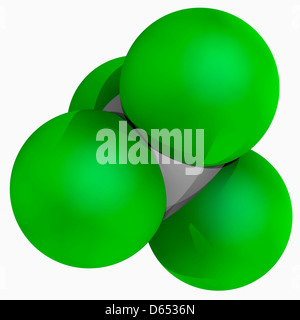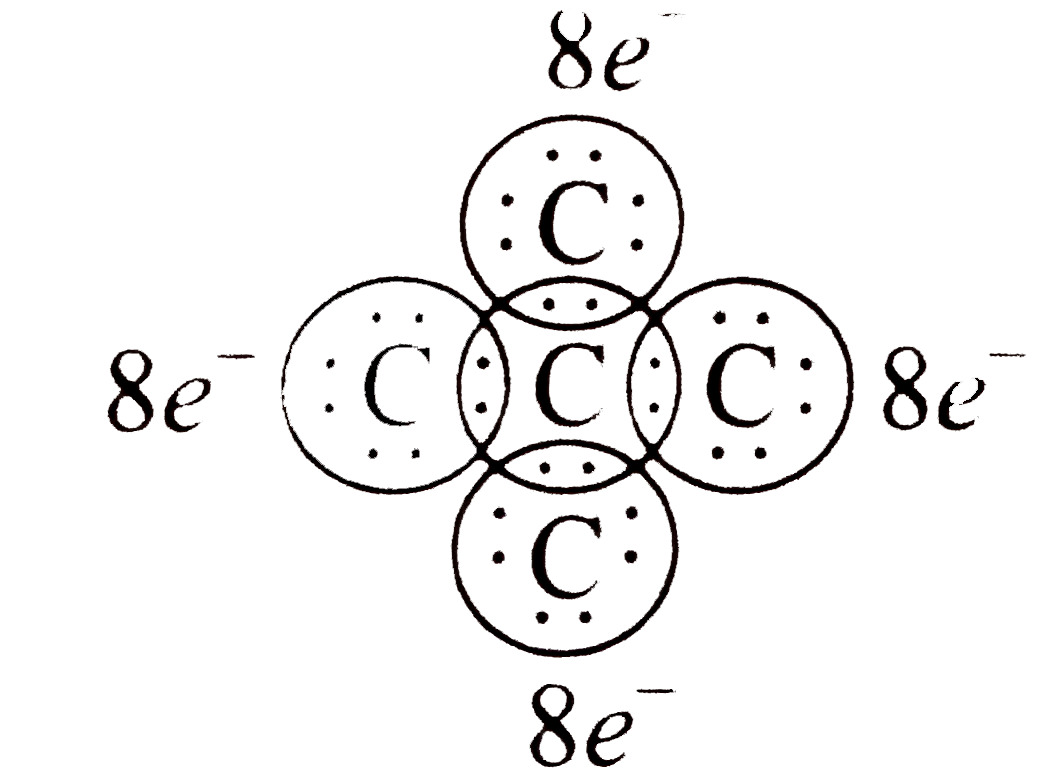
With fewer 90° LP–BP repulsions, we can predict that the structure with the lone pair of electrons in the equatorial position is more stable than the one with the lone pair in the axial position. Lewis structures of, 216217 Atomic clocks, 197 Atomic mass, 9293 Atomic number (Z), 8991 Atomic properties, periodic trends in, 213216 Atomic radius. Lewis dot structures, in general, do not represent.

Draw a skeleton structure in which the other atoms are single-bonded to the central atom a 'C' atom with four 'Cl' atoms attached. noble gas configurations as a result of the sharing of electrons.

That will be the least electronegative atom ('C'). Decide which atom is the central atom in the structure. > Lewis Structure Here are the steps that I follow when drawing a Lewis structure. Draw the lewis structure for the carbonate. See section 10.7 Question 10 of 12 0.0/ 4.0 Points If you were to use Lewis theory to predict the formula for the compound between sulfur and aluminum, it would most likely be A.Al 2 S B.AlS C. If we place it in the axial position, we have two 90° LP–BP repulsions at 90°. 'CCl'4 has a tetrahedral geometry with bond angles of 109.5. Question 9 of 12 4.0/ 4.0 Points Draw the structure of carbon tetrachloride according to. Write the Lewis structures for carbon tetrachloride and phosgene. Formal charge (FC) Valence electrons 0. The formula for the formal charge is as follows. Let us calculate the formal charges on each of the constituent atoms. The molecule is neutral, i.e., there is no charge on it. It is no longer used for this purpose because of the formation of the toxic gas phosgene, Cl 2 CO. Carbon will be singly bonded to H, H, Cl, and Cl, as shown in the Lewis structure.

However, because the axial and equatorial positions are not chemically equivalent, where do we place the lone pair? If we place the lone pair in the equatorial position, we have three LP–BP repulsions at 90°. Carbon tetrachloride was formerly used in fire extinguishers for electrical fires. We designate SF 4 as AX 4E it has a total of five electron pairs.


 0 kommentar(er)
0 kommentar(er)
